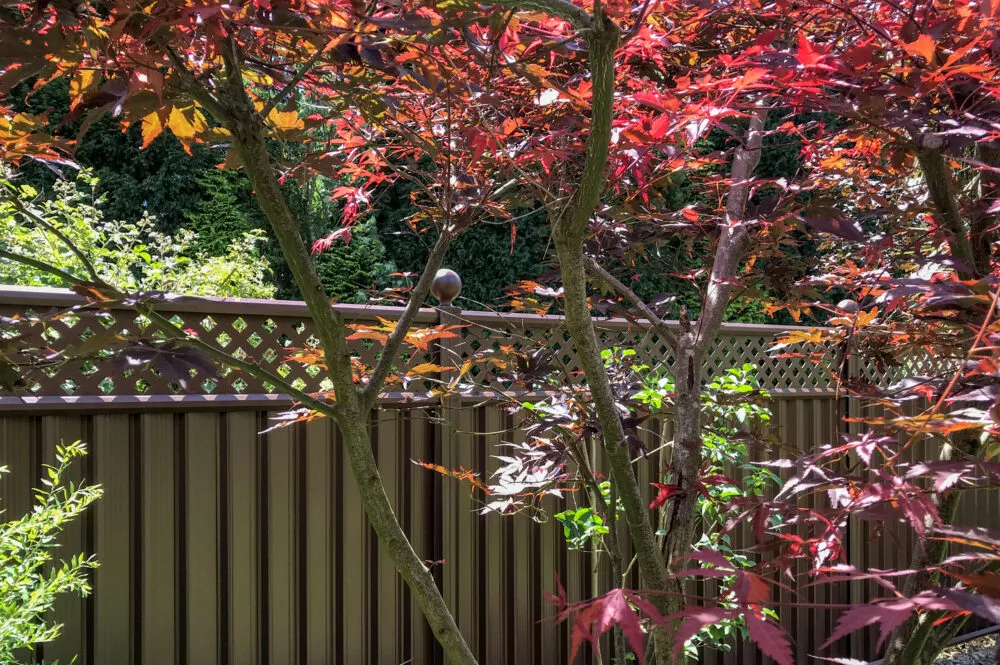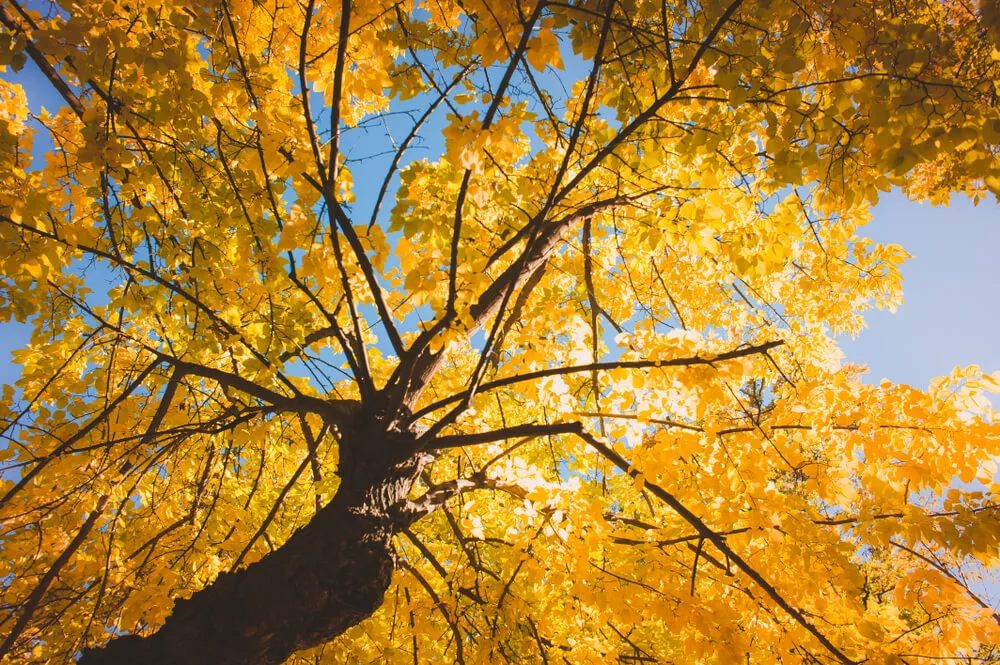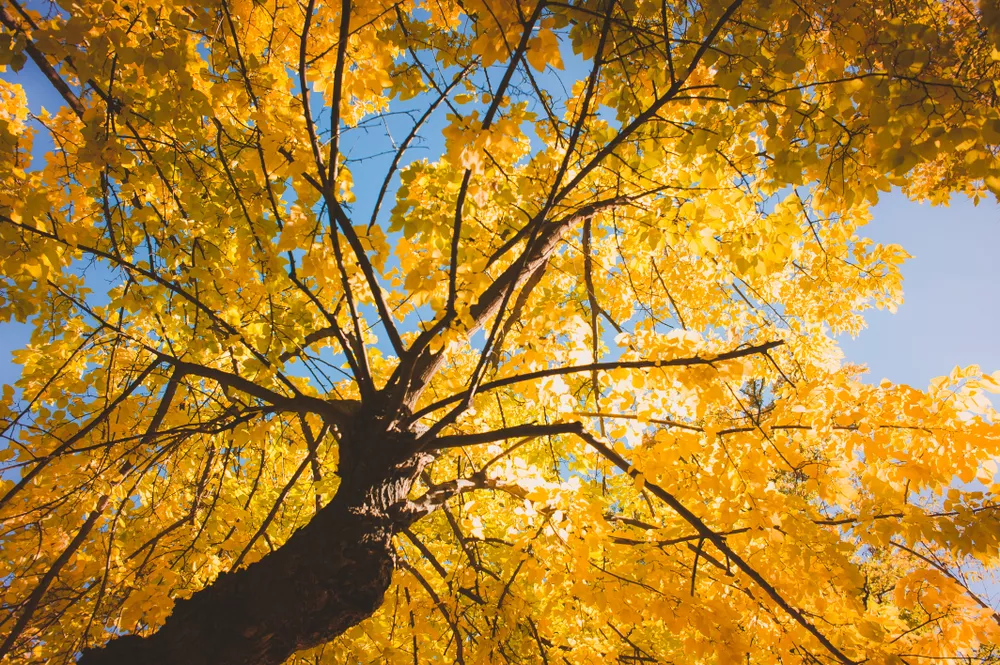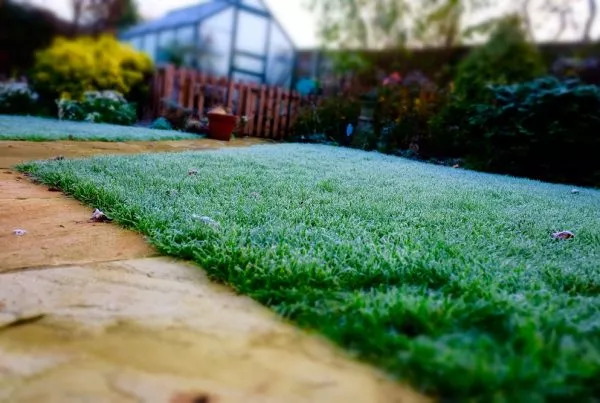Why do leaves change colour in autumn? We’re glad you asked! Expecting to find a simple answer to this question we ended up down a fascinating rabbit hole. Turns out there are a number of reasons why leaves change colour. We’ve picked out the most interesting facts to share with our readers:
Why Do Leaves Change Colour In Autumn? It’s All About The Pigments
Just like hair colour, leaf colours are the result of pigments. These are naturally occurring substances produced by the leaf’s cells that help them gain nourishment. The three pigments that you’re likely to see in autumn leaves are chlorophyll (green), carotenes (yellow) and anthocyanins (reds and pinks).
What Influences Leaf Pigment?
Cold nights are a trigger for the changing of leaf colour. Colder temperatures destroy chlorophyll which makes leaves green. This then makes them turn a yellow hue. If the temperature stays above freezing, anthocyanin is produced in higher quantities creating a vivid red colour. So that’s why leaves change colour in Autumn because that is when it gets chillier.


Dry Weather Is A Pretty Autumn’s Friend
We experience some wet autumns, whilst others are remarkably dry. When we have a particularly dry Autumn, the sugars in the leaves become more concentrated and more anthocyanin is produced. The result is redder leaves.

Why Do Leaves Change Colour In Autumn? It’s All About The Pigments
Just like hair colour, leaf colours are the result of pigments. These are naturally occurring substances produced by the leaf’s cells that help them gain nourishment. The three pigments that you’re likely to see in autumn leaves are chlorophyll (green), carotenes (yellow) and anthocyanins (reds and pinks).
Why Do Leaves Eventually Fall Off?
It’s all about abscission. In the springtime, leaves create an abscission layer where the leaf stalk meets the stem. This is a series of cells that build to create the connection between the leaf and the tree. In autumn, the tree poduces a hormone called auxin which weakens this layer and causes the leaf to fall off.


Losing its leaves is beneficial to the tree for a few reasons. Firstly, it allows the tree to go into a dormant state over the winter. This dormant state is where the tree preserves its resources such as water to maintain the trunk and the branches. Without leaves to maintain as well, the tree can concentrate the stored nourishment where it needs it most.

Leafless trees are also much better able to survive in winter storms. Without excess leaf surface area, the tree can tolerate winds better and make it more likely to stay standing in a strong storm.
We learned some fascinating facts about why autumn leaves change colour and hope you did too! If you have any pretty Autumn garden pictures we’d love to see them over on our Facebook page.




